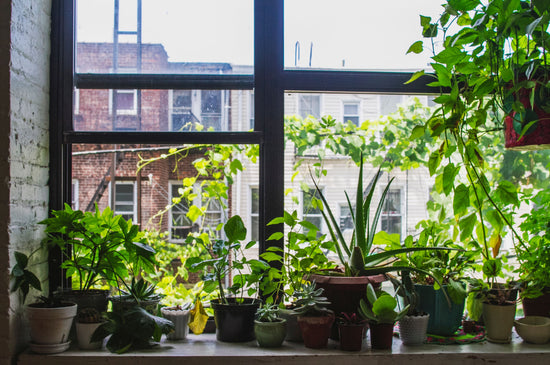Propagation 101: The Soil Node Method
Propagating plants is a rewarding way to expand your indoor garden, share greenery with friends, or revive a beloved plant. The soil node method is one of the most effective and straightforward ways to propagate many types of houseplants. By using this technique, you can grow new plants from cuttings with ease. Here’s a step-by-step guide to mastering the soil node method.
What Is Propagation by Soil Node Method?
The soil node method involves cutting a stem with a node—a small bump or growth point where roots and leaves develop—and planting it directly in soil to encourage root growth. This method works well for vining plants like pothos, philodendrons, and monsteras, among others.
Why Choose the Soil Node Method?
- Natural Root Development: Propagating in soil encourages roots to adapt directly to the growing medium.
- Low Maintenance: Once planted, the cutting requires minimal care to establish roots.
- Faster Transition: Plants propagated in soil often adapt more quickly than those transferred from water propagation.
How to Propagate Using the Soil Node Method
-
Select a Healthy Parent Plant
- Choose a plant with strong, healthy stems and vibrant leaves. Look for a vine or stem with multiple nodes for the best results.
-
Make the Cut
- Use clean, sharp scissors or pruning shears to cut a stem just below a node. Each cutting should be about 4–6 inches long and include at least one node.
-
Prepare the Cutting
- Remove the leaves near the bottom node to ensure the node is in contact with the soil. Leave 1–2 leaves at the top to aid in photosynthesis.
-
Choose the Right Soil
- Use a well-draining potting mix designed for houseplants. A mix containing perlite, coco coir, or sand works well to prevent waterlogging.
-
Plant the Cutting
- Make a small hole in the soil and insert the cutting so that the node is about 1 inch below the surface. Firm the soil around the cutting to hold it in place.
-
Water the Cutting
- Water the soil thoroughly, allowing excess water to drain. Keep the soil evenly moist but not soggy as the roots develop.
-
Create a Humid Environment
- Place a plastic bag or a humidity dome over the cutting to maintain high humidity. Ensure proper airflow to prevent mold or rot.
-
Place in the Right Light
- Position the cutting in bright, indirect light. Avoid direct sunlight, which can scorch the leaves and hinder root development.
-
Monitor and Wait
- Check the soil moisture regularly and water when it starts to dry out. Roots should begin to develop in 2–4 weeks.
Signs Your Cutting Is Rooting
- New leaves or growth appear at the top of the cutting.
- Resistance when you gently tug on the cutting indicates root development.
Common Problems and Solutions
-
Cutting Wilts
- Cause: Too much sunlight or insufficient humidity.
- Solution: Move the cutting to a shadier spot and increase humidity.
-
No Root Growth After Weeks
- Cause: Cutting lacks a node or soil is too dry.
- Solution: Ensure a node is buried in the soil and keep the soil consistently moist.
-
Mold or Rot on Cutting
- Cause: Overwatering or poor airflow.
- Solution: Remove affected parts, improve airflow, and reduce watering frequency.
Best Plants for Soil Node Propagation
- Pothos: A hardy and fast-growing plant, perfect for beginners.
- Philodendrons: Vining varieties like Philodendron Brasil root quickly and easily.
- Monstera: Swiss cheese plants (Monstera adansonii) propagate well using this method.
- Tradescantia (Wandering Jew): These vibrant vines are highly responsive to soil propagation.
FAQs About the Soil Node Method
Q: How long does it take for roots to develop?
A: Most cuttings develop roots within 2–4 weeks, though some plants may take longer depending on conditions.
Q: Can I propagate multiple cuttings in one pot?
A: Yes! Planting multiple cuttings together can create a fuller, bushier plant once they root.
Q: What if my cutting doesn’t root?
A: Check the cutting for a node and ensure the soil remains consistently moist. Adjust light and humidity levels to optimize conditions.
Q: Do I need to fertilize my cuttings?
A: Avoid fertilizing until the cutting has established roots, typically 6–8 weeks after planting.
By mastering the soil node method, you can enjoy the satisfaction of growing new plants while expanding your indoor garden. With patience and care, your cuttings will flourish into beautiful, healthy plants.





